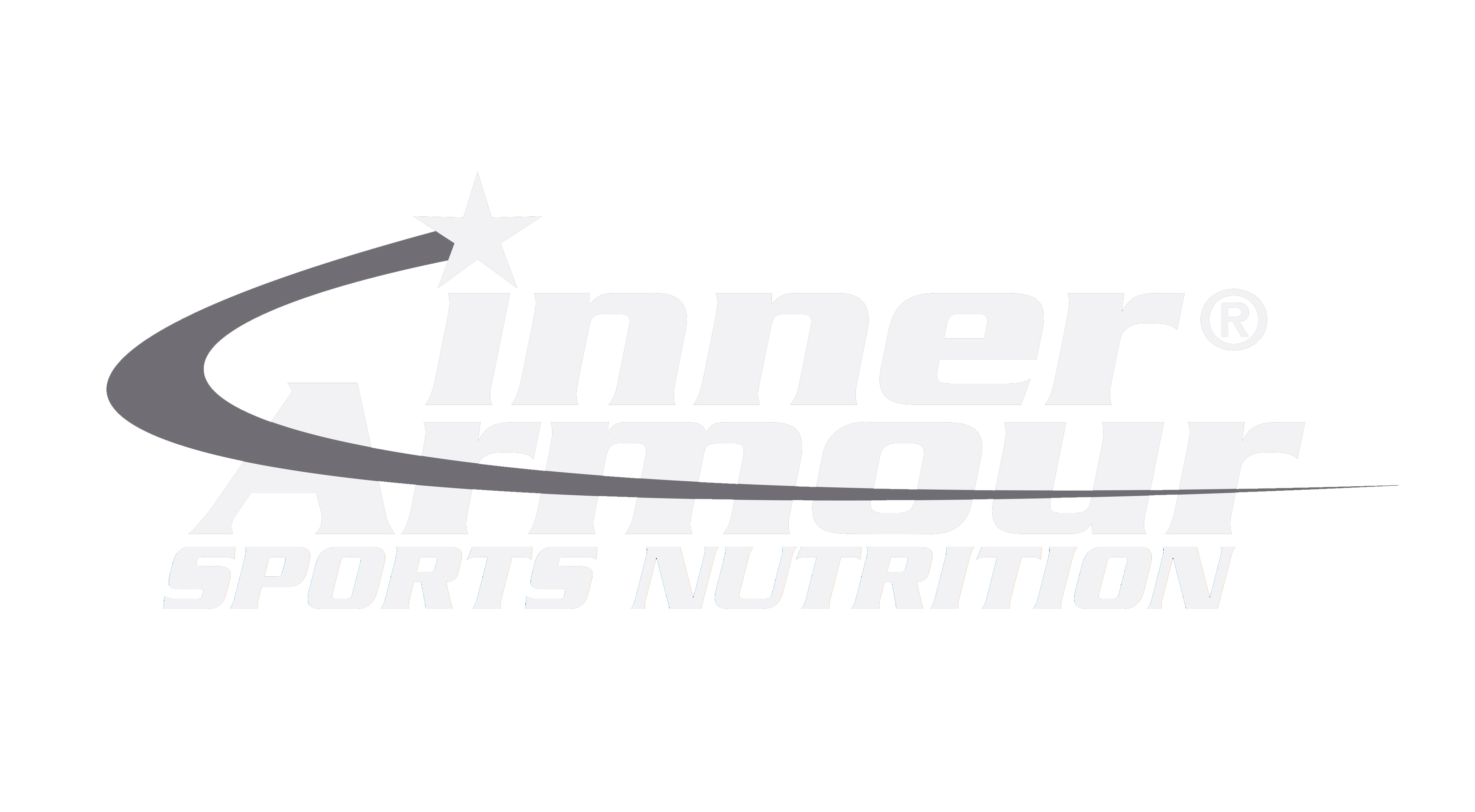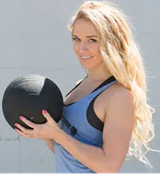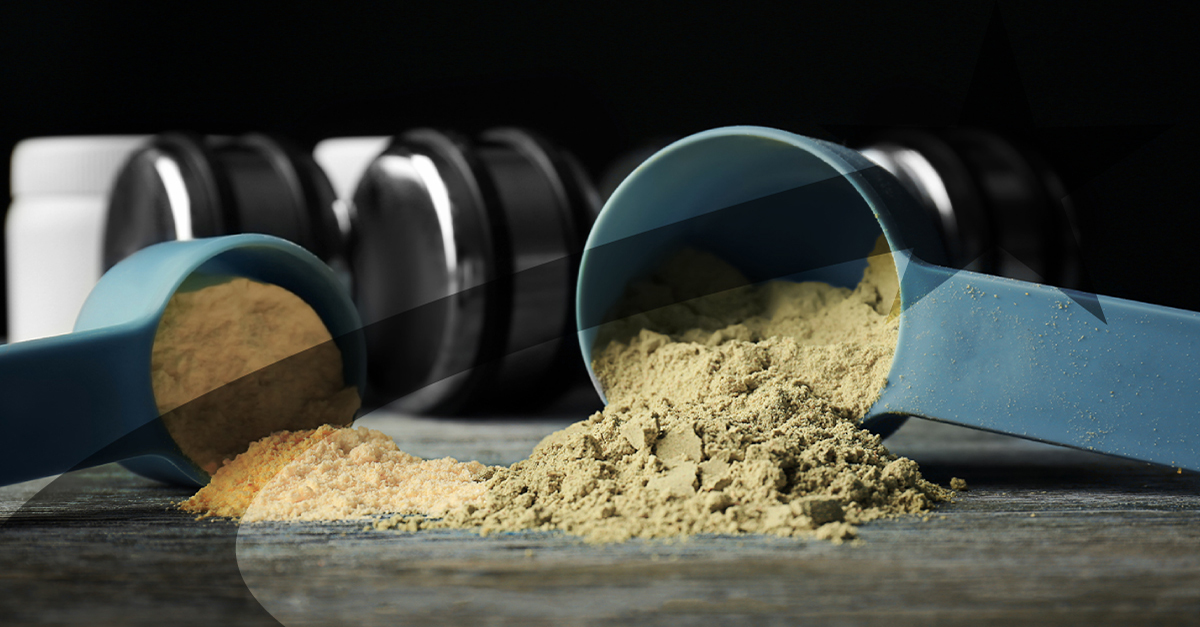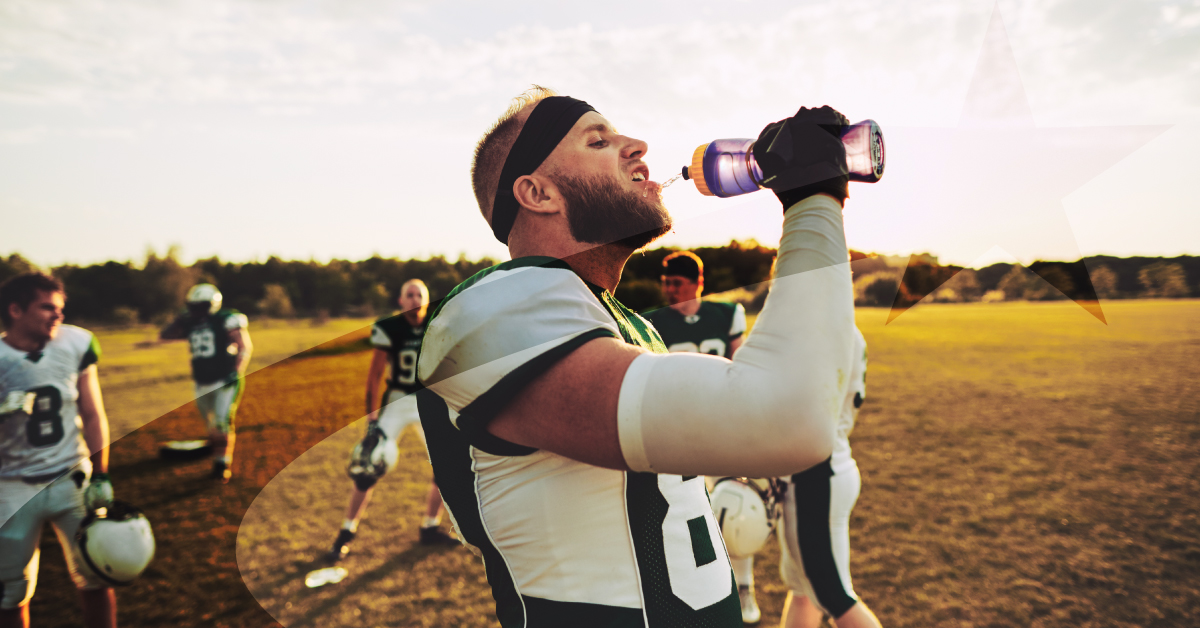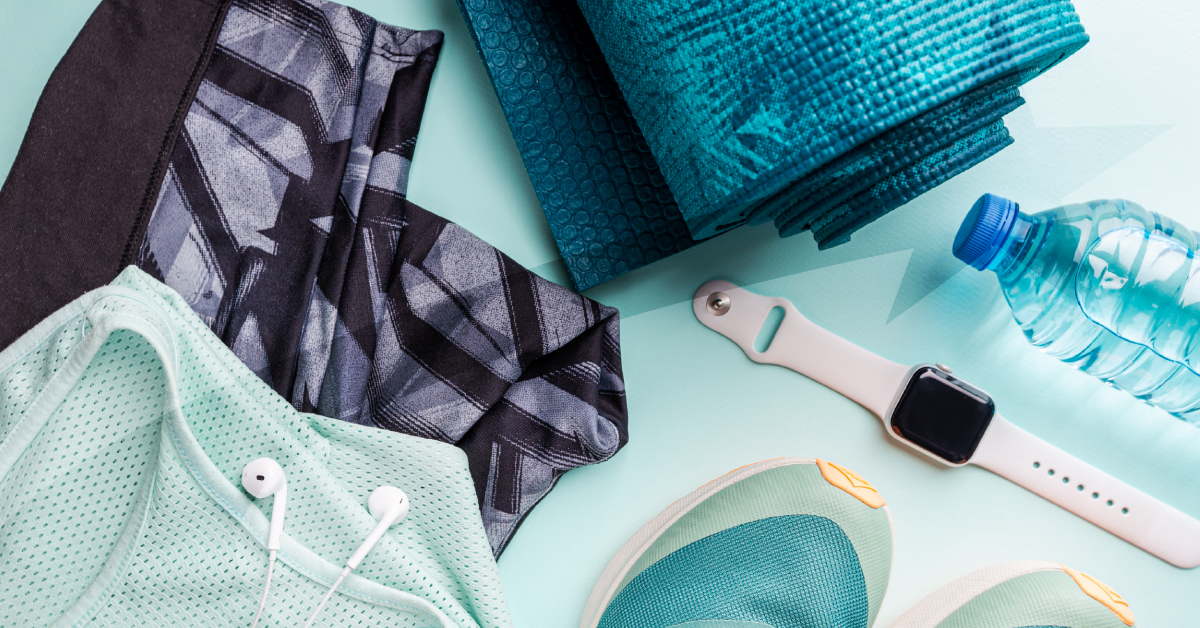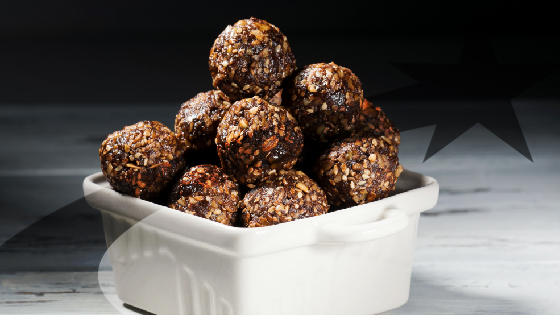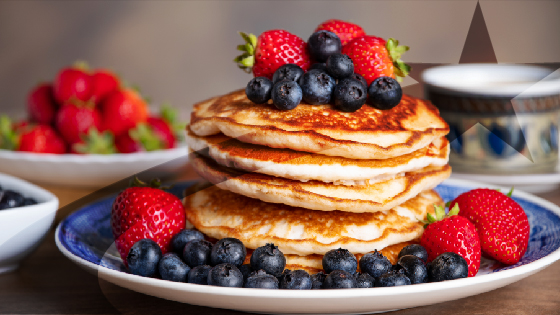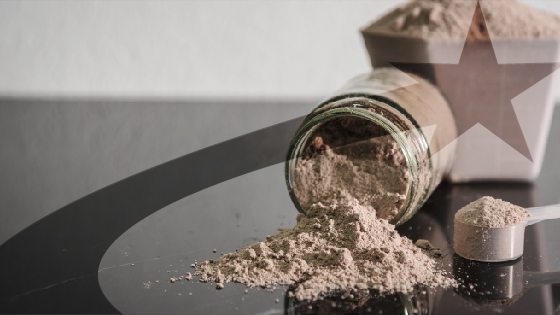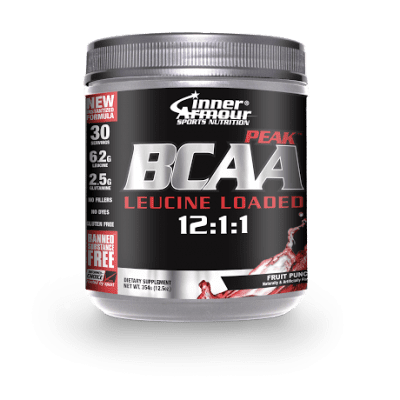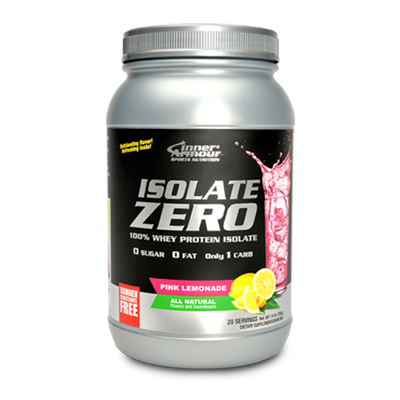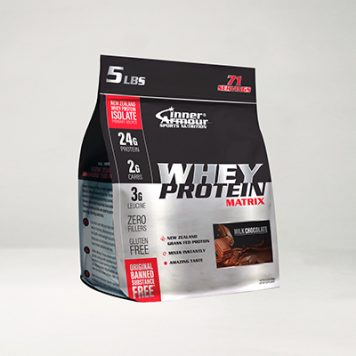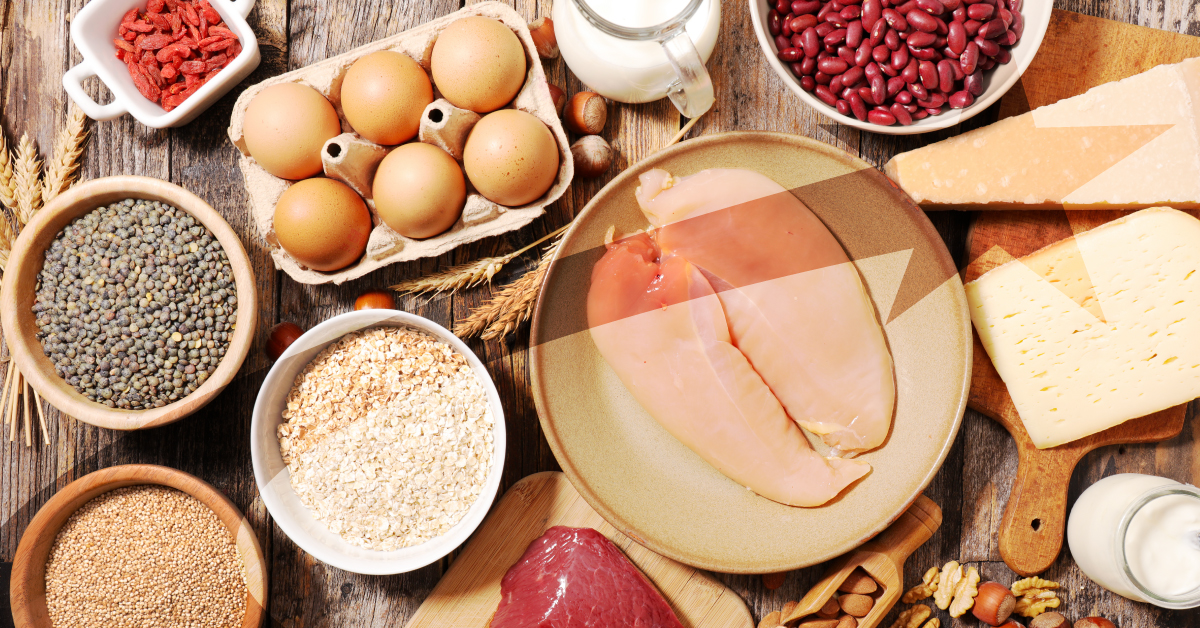
Guest Blogger: Julie Germaine
High Five!! … You did it!
Your workout is D-O-N-E!
You can feel great about being well on your way to achieving your fitness goals.
… EXCEPT that you are wasting your time working out if your nutrition isn’t aligned with your training efforts.
Food and Exercise
The whole point of working out is to fatigue the muscles. This then causing the body to acknowledge the need for enhanced strength in that area and begin the process of building up that strength.
When you workout – most often with resistance training, your muscles are actually torn microscopically. During recovery, this tissue damage is repaired and makes your muscles comeback to the next workout even stronger.
To optimize your potential muscle strength gains, it is absolutely critical to eat the proper food (macro- and micronutrients) that fuel the healing process.
Why Protein Matters for Muscle Recovery?
Among many other functions, protein plays a pivotal role in exercise recovery. Without getting too in depth, proteins are composed of amino acids, and the human body uses just 20 types of amino acids daily.
Some of these are ‘essential’ amino acids because the body cannot produce them, so they must be consumed through food (or supplementation). There are also conditionally essential amino acids, which are required during infancy, injury, or illness.
Below is a list of Essential Amino Acids and food sources associated with them:
- Histidine – meat, fish, chicken, seeds, whole grains
- Lysine – meat, eggs, soy, black beans, pumpkin seeds, quinoa
- Methionine – eggs, grains, nuts, seeds
- Phenylalanine – dairy, meat, chicken/turkey, fish, nuts, beans
- Threonine – cottage cheese, wheat germ
- Tryptophan – wheat germ, cottage cheese, turkey
- Branched Chain Amino Acids
– Isoleucine – meat, fish, chicken, eggs, cheese, lentils, nuts, seeds
– Leucine – soy, legumes, beans
– Valine – soy, cheese, peanuts, mushrooms, whole grains, veggies
This is a list of Conditionally Essential Amino Acids:
- Arginine – red meat, grain products
- Cysteine – grain products, meats
- Glutamine – chicken, fish, cabbage, spinach
- Glycine – meat, poultry, grains
- Proline – grain products
- Tyrosine – meat, dairy products, grain products
Your Post-Workout Meal
So how can this knowledge help you get better results from your fitness program? Well, the ideal moment to kickstart muscle synthesis is immediately post workout, so preparing the body by topping up on amino acids, including BCAAs (Branched Chain Amino Acids), before, during and after resistance training will help everything run smoothly so the recovery process is extremely efficient and successful!
It is commonly accepted that the post workout meal timing is extremely important. Bodybuilders would rush to smash their protein shake and quality carbohydrates within twenty minutes of completing their last set.
However, science has shown that, though this meal is still valuable, the window of opportunity is much broader as long as protein intake was adequate before the workout (unless if the athlete is exercising again within 24 hours, in which replenishing as soon as possible affects performance).
The best way to ensure full and healthy recovery is to consume 1 to 1.2 grams of carbohydrates per Kg of body weight four-to-six hours post-exercise. For protein it is recommended that athletes consume 0.25 to 0.3 g/kg) of high-quality protein after exercise. Your mileage may differ as everyone is different.
Some examples of nutritious carbs / lean protein after workout meals are:
- Chicken breast with vegetables and potato
- Lean bison on whole wheat bun with tomato slices and lettuce
- Whey protein shake with fruit (ie: banana)
Which Whey?
It is convenient – and delicious – to use protein powders to bolster your daily requirements, so which kind is best?
A general rule of thumb: whey protein is right for post-workout meals, where-as the more slowly absorbing casein protein has a perfect place as a nighttime snack, gradually releasing amino acids into your system when the body recovers during rest.
Your major takeaway from this article is that ‘recovery food’ is not just your post-workout meal, but a totality of all the healthy, protein-rich foods you consume throughout your day that enable you to reach that sweet spot for cell regeneration, being 0.8 to 2.2 grams of protein per kilogram of body weight per day, on the higher end when you are an active person. As always, please consult your physician to see what makes the most sense for you. This article is for informational purposes only.
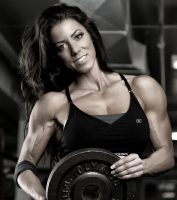
Visit Julie Germaine’s website for more information on nutrition, exercise and overall health to make achieving your fitness goals possible! www.juliegermaine.com
